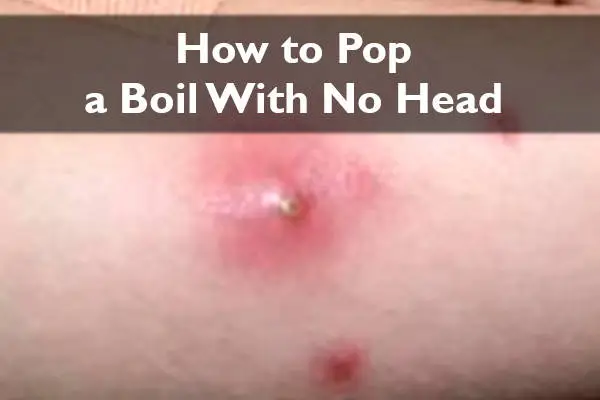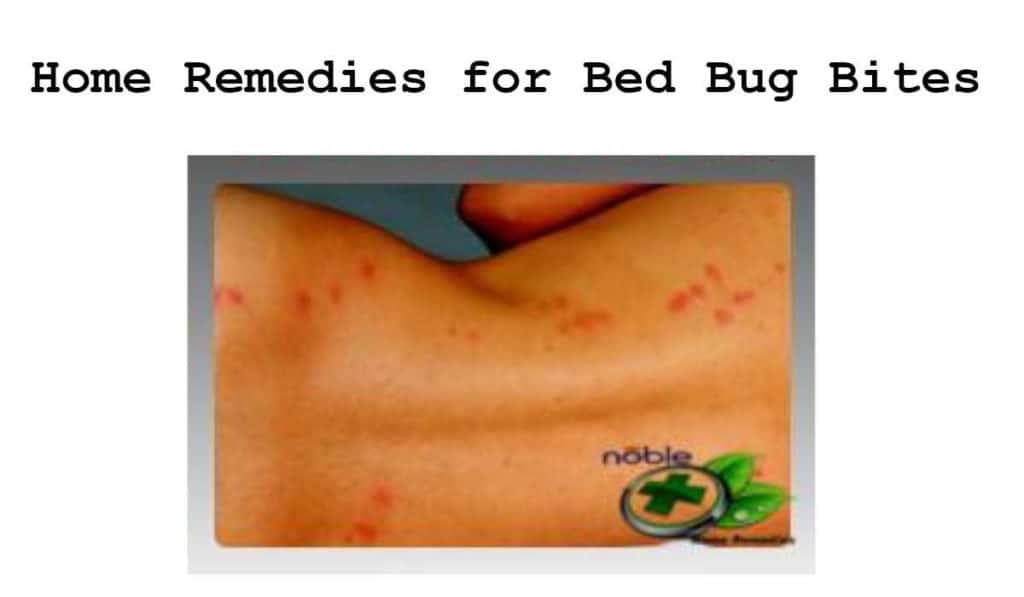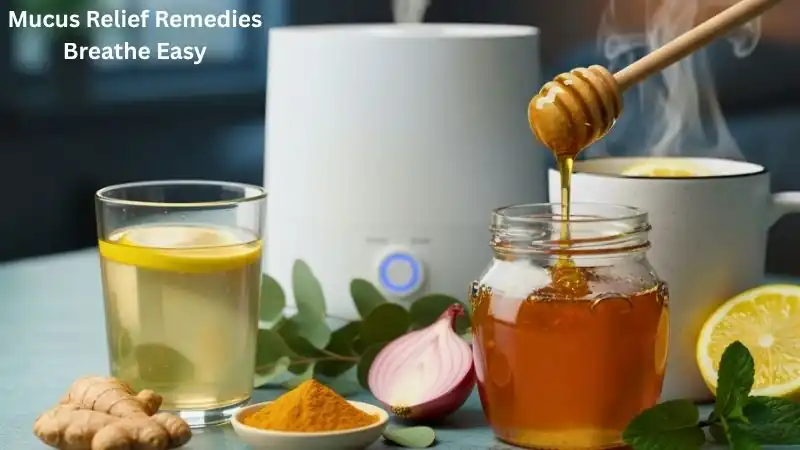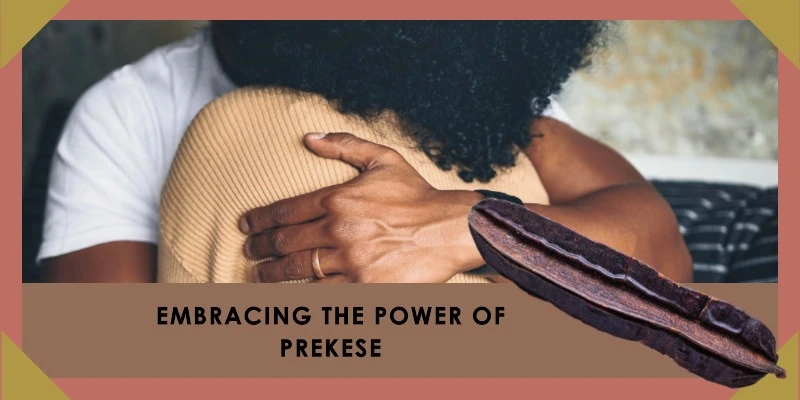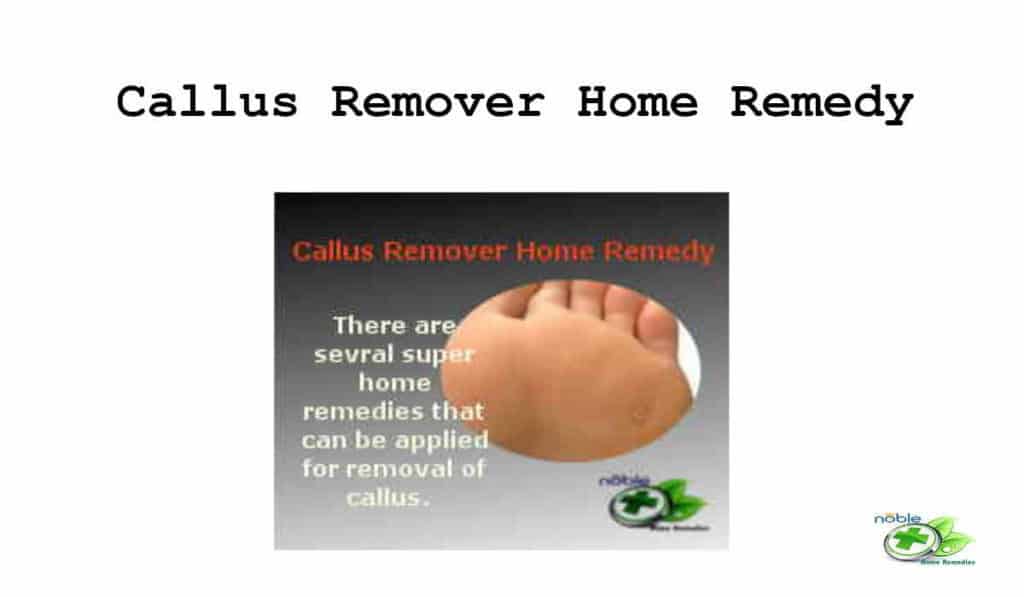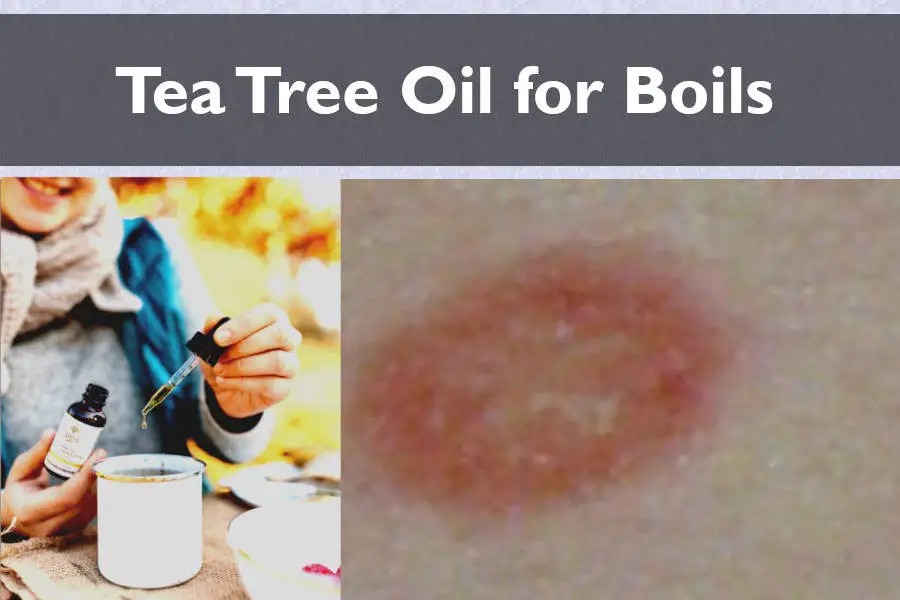Effective Underarms Boils Home Remedy: 7 Proven Treatments
Boils under your arms can be extremely uncomfortable and painful. Dealing with a red, swollen, throbbing boil in your underarm can make even simple activities like getting dressed, raising your arm, or using deodorant very difficult and aggravating.
You may be tempted to run to the doctor right away for antibiotics or other prescribed medicines to banish the boil quickly. However, before taking that step, there are several effective and soothing home remedies you can try first to help heal underarm boils fast without medication.
This “Underarms Boils Home Remedy” comprehensive guide will cover everything you need to know about getting relief from those annoying boils under your arms using natural treatments you can easily do at home.
We’ll discuss the following in this guide broadly:
- How to identify underarm boils and differentiate them from pimples
- What causes these painful bumps
- Tips to help prevent them in the future
- When you do need to see a doctor and
- Simple, fast-acting natural remedies you can use at home to reduce swelling, draw out infection, speed healing, and get you feeling comfortable again.
Arm yourself with knowledge and take back control over your underarm boils!
How to Tell if It’s a Boil or Pimple
The first step is figuring out if the bump under your arm is an actual boil or just a pimple. Here are some key differences:
- Boils are firm, red bumps that are sensitive and painful to the touch. Pimples may be slightly red but are typically skin-colored with pus at the tip.
- Boils can grow larger than pimples, up to the size of a golf ball. Pimples usually stay small.
- Boils are filled with pus deep under the skin surface. Pimples have pus close to the surface that’s easy to extract.
- Boils cause throbbing, intense pain. Pimples may be mildly tender when touched.
- Boils can spread infection deeper below the skin. Pimples are typically contained in the hair follicle.
If the bump is extremely painful with no yellowish head, chances are high it’s an infected boil rather than a regular pimple.
Types of Underarm Boils (Furuncle)

There are a few different types of boils that can develop under the arms. Here is the list of types of underarm boils and their causes and symptoms:
- Cystic Acne Boils: Cystic acne boils form when oil and dead skin cells clog a hair follicle. The blocked pore becomes inflamed deep under the skin, turning into a red, swollen lesion filled with pus. These boils are typically small but very painful.
- Hidradenitis Suppurativa: This chronic skin condition causes boils to form in areas with many oil glands, like underarms. It happens when hair follicles become blocked and inflamed. These boils can recur and develop tunnels under the skin.
- Carbuncle Boils: Carbuncles are a cluster of boils that join together under the skin into one interconnected network. They may involve several hair follicles and oil glands. Carbuncles require immediate medical treatment.
- Infected Hair Follicle Boils: An infected hair follicle boil occurs when bacteria invade and inflame an already clogged follicle. This is one of the most common causes of armpit boils. They are often red, swollen, and tender.
Knowing the type of underarm boil can help guide the best home treatments.
Underarms Boils Home Remedy
Underarm boils can often be healed faster with simple home remedies. Here are some easy natural treatments that can provide soothing relief:
- Warm Compresses: Applying a warm, wet compress to the boil draws circulation and helps it drain faster. Do this 3-4 times a day for 10 minutes until the boil opens and releases pus. The heat also helps relieve pain and tenderness.
- Tea Tree Oil for Boils: Tea tree oil contains antibacterial and anti-inflammatory compounds called terpenes. Dab tea tree essential oil directly onto the boil 2-3 times daily using a cotton swab. This fights infection while reducing swelling and tenderness.
- Turmeric for boils: The curcumin in turmeric has wound-healing abilities. Make a paste with turmeric powder and water. Apply it to the boil, cover with a bandage, and leave on for 10 minutes before rinsing. Turmeric’s antioxidants reduce inflammation and help heal damaged skin.
- Apple Cider Vinegar for boils: Antimicrobial apple cider vinegar can help dry out and shrink the boil while killing bacteria. Dip a cotton ball in diluted ACV and place it over the boil, securing it with a bandage. Change the cotton ball and ACV 2-3 times a day. The vinegar prevents infection while drying up the boil.
- Epsom Salt for boils: The magnesium in Epsom salt fights inflammation and infection while drawing out fluid and toxins. Dissolve Epsom salt in warm water and soak a washcloth in it. Place the warm cloth over the boil for about 10-15 minutes to encourage drainage. Do this several times daily.
- Aloe Vera: Aloe vera gel contains two anti-inflammatory compounds – salicylic acid and lupeol. These help reduce boil swelling and pain. Apply pure aloe vera gel to the boil 2-3 times a day and wash off after 30 minutes. The cooling gel will provide soothing relief.
- Honey: Hydrogen peroxide naturally found in honey can help clear boils. Place a dab of medical-grade Manuka honey on the boil and cover it with a bandage. The honey draws out pus and fluids while its antibacterial properties prevent infection. Change the bandage and honey 2 times daily.
Step-by-Step Routine for Healing Boils Fast
Follow this simple 5-step routine 1-2 times daily to clear up those painful underarm boils using ingredients from your kitchen:
- Clean the affected area well with antibacterial soap and water. Be gentle – don’t scrub or irritate the boil.
- Apply a warm, wet compress over the boil for about 10 minutes to encourage drainage and blood flow.
- Choose one or two of the remedies above – tea tree oil, turmeric, apple cider vinegar, Epsom salt, aloe vera, or honey. Apply to the boil as described.
- Cover the boil loosely with a sterile gauze bandage. This protects it while still allowing drainage. Leave it on for several hours or overnight if possible.
- Repeat warm compresses over the bandaged boil to boost circulation and speed healing. The boil should open, drain, and start improving within 2-3 days.
Prevention of Underarm Boils

You can help prevent painful boils from forming with these tips:
- Wash your underarms daily with antibacterial soap and dry thoroughly. Friction from damp armpits can block follicles.
- Avoid restrictive clothing that rubs. Tight clothes trap sweat and bacteria next to the skin.
- Never shave over an existing boil as it can spread the infection. Wait until it heals completely.
- Use an antiperspirant. Excessive sweating creates a moist environment where bacteria thrive.
- Treat any skin condition like acne or HS that makes you prone to boils. Keeping skin healthy prevents recurrences.
Armpit Boil (Furuncle) Diagnosis and Tests
To diagnose an armpit boil, the doctor will first perform a physical exam, looking at the boil’s appearance, asking about your symptoms, and checking for signs of infection like redness, swelling, tenderness, and fever.
They may also discuss your medical history, especially any conditions like diabetes or a weakened immune system that increase boils risk. Let your doctor know if you’ve had boils recur frequently in the underarm or other areas.
If the diagnosis isn’t clear from the exam, your doctor may order tests for further evaluation:
- A skin culture test swabs the boil to check for bacteria. This identifies the specific organism causing infection so the right antibiotic can be prescribed.
- A blood test looks for elevated white blood cell count and other markers of infection.
- A CT scan provides cross-sectional images of soft tissues to evaluate if the boil has spread deeper below the skin.
- A biopsy may be done by removing a small sample of the boil for analysis. This tests for other conditions like HS.
Getting the right tests and diagnosis is key to finding the best treatment plan for recurring, chronic, or worsening underarm boils. Your doctor can determine if prescription antibiotics, draining the boil, or surgical removal is necessary based on the test results.
When to See a Doctor?

If home treatment doesn’t resolve your underarm boil within a few days, it’s a good idea to see a doctor for proper diagnosis and testing. This can help determine if it’s a simple boil or related to another underlying infection or condition needing medical care.
In most cases, underarm boils can be safely treated at home. See your doctor right away if:
- The boil does not start draining or improving within 2-3 days of home treatment.
- You develop a fever along with the boil, signaling a spreading infection.
- The boil becomes extremely painful with significant redness and swelling around it.
- You have recurring boils that continue to return. This may indicate an underlying condition needs treatment.
Getting medical care is crucial if the boil shows signs of worsening or not responding to natural remedies.
Which are the best medicines for Armpit boil (furuncle)?
Here are some of the best medicines that doctors may prescribe for treating armpit boils (furuncles):
- Antibiotics: Antibiotics are often prescribed if the boil is caused by a bacterial infection. Common ones used are dicloxacillin, cephalexin, clindamycin, or combination drugs like Bactrim. Antibiotics help clear infection and prevent the boil from spreading.
- Antiseptics: Antiseptic solutions like povidone-iodine may be used to clean the boil and surrounding skin. This helps prevent further infection in the area.
- Anti-inflammatory drugs: Over-the-counter drugs like ibuprofen (Advil) or naproxen (Aleve) can reduce inflammation, pain, and discomfort caused by the boil.
- Topical antibiotic ointments: Ointments containing neomycin, polymyxin B, or mupirocin may be prescribed to apply directly on the boil after draining it. This helps prevent recurring infections.
- Steroid injections: For very swollen or painful boils, corticosteroid injections can be given to rapidly reduce inflammation.
- Diabetes medications: If high blood sugar is contributing to recurrent boils, getting diabetes under better control with insulin or oral medications can help.
- Biologics: For boils caused by hidradenitis suppurativa (HS), biologic drugs like adalimumab (Humira) help reduce lesions.
- Pain medications: Prescription narcotics may occasionally be prescribed for short-term use in managing significant boil pain.
Your doctor will recommend the appropriate medications based on the boil’s severity, cause, and your medical history. Antibiotics are commonly prescribed, but keeping the area clean is most important.
The Takeaway
Dealing with painful, swollen boils under your arms can be agonizing, but you don’t have to immediately resort to prescription antibiotics or medical procedures to find relief.
There are many natural and soothing home remedies you can use to speed up drainage, reduce inflammation, and quickly heal those annoying underarm boils.
With ingredients like warm compresses, tea tree oil, turmeric, apple cider vinegar, Epsom salts, aloe vera, and honey, you can treat and dry up boils fast using things from your kitchen.
Follow a simple routine of applying these remedies to bring down swelling, fight infection, and stop irritation. Know when to see your doctor if home treatment isn’t working or a fever develops.
Arm yourself with the knowledge of how to differentiate boils from pimples, prevent recurrence, and use these proven natural treatments to get comfortable fast using underarms boils home remedy.
Source:
Noble Home Remedies adheres to rigorous sourcing standards, drawing information from peer-reviewed studies, reputable academic research institutions, and esteemed medical journals and associations. We prioritize using high-quality, trustworthy sources to maintain the accuracy and integrity of our content. You can learn more about how we ensure our content is accurate and current by reading our editorial policy.
- Armpit boil (furuncle): Causes, Symptoms, Treatment and Cost
https://www.lybrate.com/topic/armpit-boil-furuncle - Why Do I Get Boils Under My Arm?
https://www.healthline.com/health/boils-under-arm - Home Remedies for Boils
https://khealth.com/learn/skin/home-remedies-for-boils/ - Boils
https://medlineplus.gov/ency/article/001474.htm - Carbuncle
https://www.ncbi.nlm.nih.gov/books/NBK554459/ - Boils and carbuncles: Overview
https://www.ncbi.nlm.nih.gov/books/NBK513141/
Trust in your purchase:
Every product featured on our site has been carefully researched and selected based on quality, customer ratings, and positive reviews to ensure you receive excellent value for your money.
Please note:
This post contains affiliate links. If you make a purchase through these links, we may earn a small commission at no additional cost to you. This helps support our site and allows us to continue bringing you valuable content. Thank you!
Thank you for your precious time spent with NobleHomeRemedies.
You may also like:
How to Pop a Boil With No Head
How to Pop a Boil with No Head: Fast and Effective Remedies Boils can be…
Get Rid of Bed Bug Bites Overnight
How to Get Rid of Bed Bug Bites Overnight: Top 5 Remedies Have you ever…
Mucus Relief Remedies
Mucus Relief Remedies: 15 Natural Ways to Clear Congestion Fast Waking up with a stuffy…
Benefits of Prekese Sexually
Benefits of Prekese Sexually: Prekese Aphrodisiac Perception Prekese is the Akan name for the Tetrapleura…
Dry Callus Remover Home Remedy
How to Get Rid of Calluses on Feet: 11 Best Remedies This article covers dry…
Tea Tree Oil for Boils
Tea Tree Oil for Boils: Get Rid of Painful Bumps in 5 Steps Are painful…

